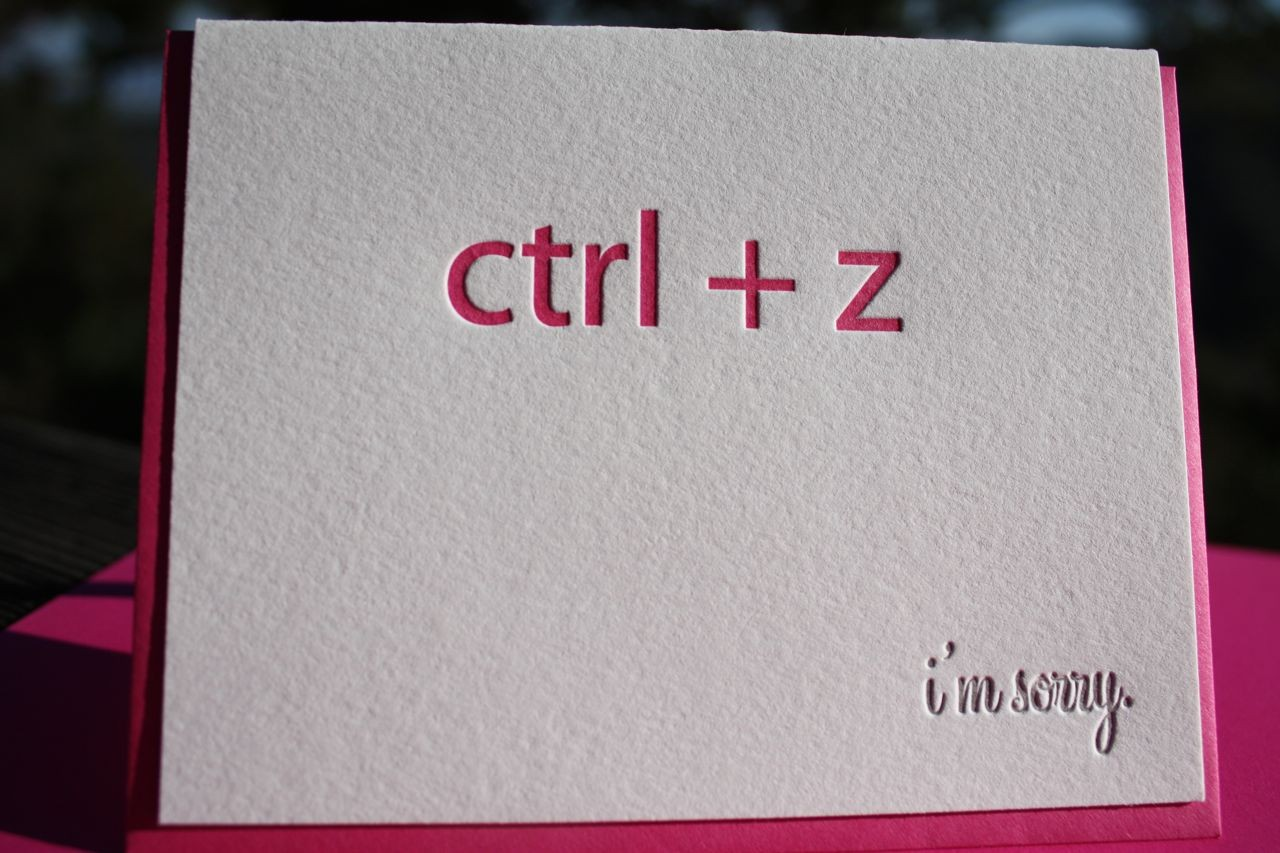Each year towards the end of May, I begin the search for a humorous birthday card for my friend. I know him well and we have a similar sense of humour. So instead of giving him a standard birthday card, this year I opted for a “Commiseration” card. After signing it with a line about losing his youth to the hands of time, it’s good to go. Now, I wouldn’t dare do this for my mother – but that’s because I know how to tune my message to match its audience.

When a new client first joins us, the first question we always ask is “who are your callers?” For instance, I recently spoke with the owner of a vacuum cleaner wholesaler. With some probing he was able to inform me that the majority of his callers are small business owners (usually vacuum cleaner retailers), male, over 40 and always excited about the latest new model.
To make sure that I tuned his messages to match his audience, we agreed on the following. The voiceover artist would be male and sound of a similar age to his callers to convey expertise and trustworthiness. Because callers could be on hold for as long as two minutes while staff investigated stock, it was important the wait felt as short as possible. Messages would therefore be scripted of varying length, some shorter and some longer, to make it harder for the caller to discern how long they’d been waiting. The music would come from our Blues & Country collection (see here) as the client felt this genre best suited the musical tastes of his listener. And the tone of the scripting would be authoritative. Facts and statistics on performance would be littered throughout the scripts as this was what his audience responded to.
If you find yourself needing to write a promotion or put together a customer profile, here are some of the questions that I recommend asking yourself prior to writing:
• Is my audience predominantly male or female?
• Old or young?
• Who are my competitors marketing to? What kind of customers are they targeting?
• What do my customers like to do in their spare time?
• Which industries are they drawn from?
• What type of language will they respond best to? Formal or casual?
• Are they driven by rational or emotional motivations?
By understanding who your audience is, you’ll be better positioned to make a connection with them and hold their attention. You might even like to put together a short survey to give to your current customers in order to understand them better!

